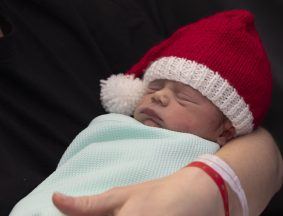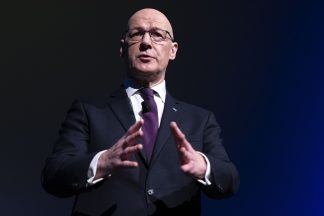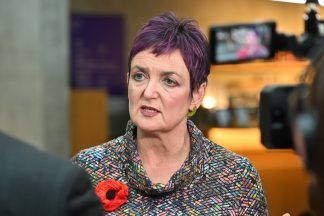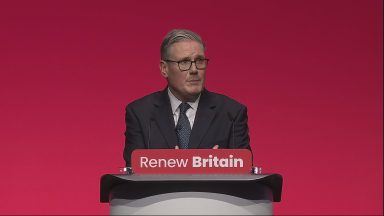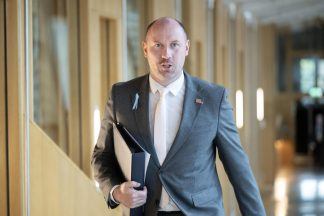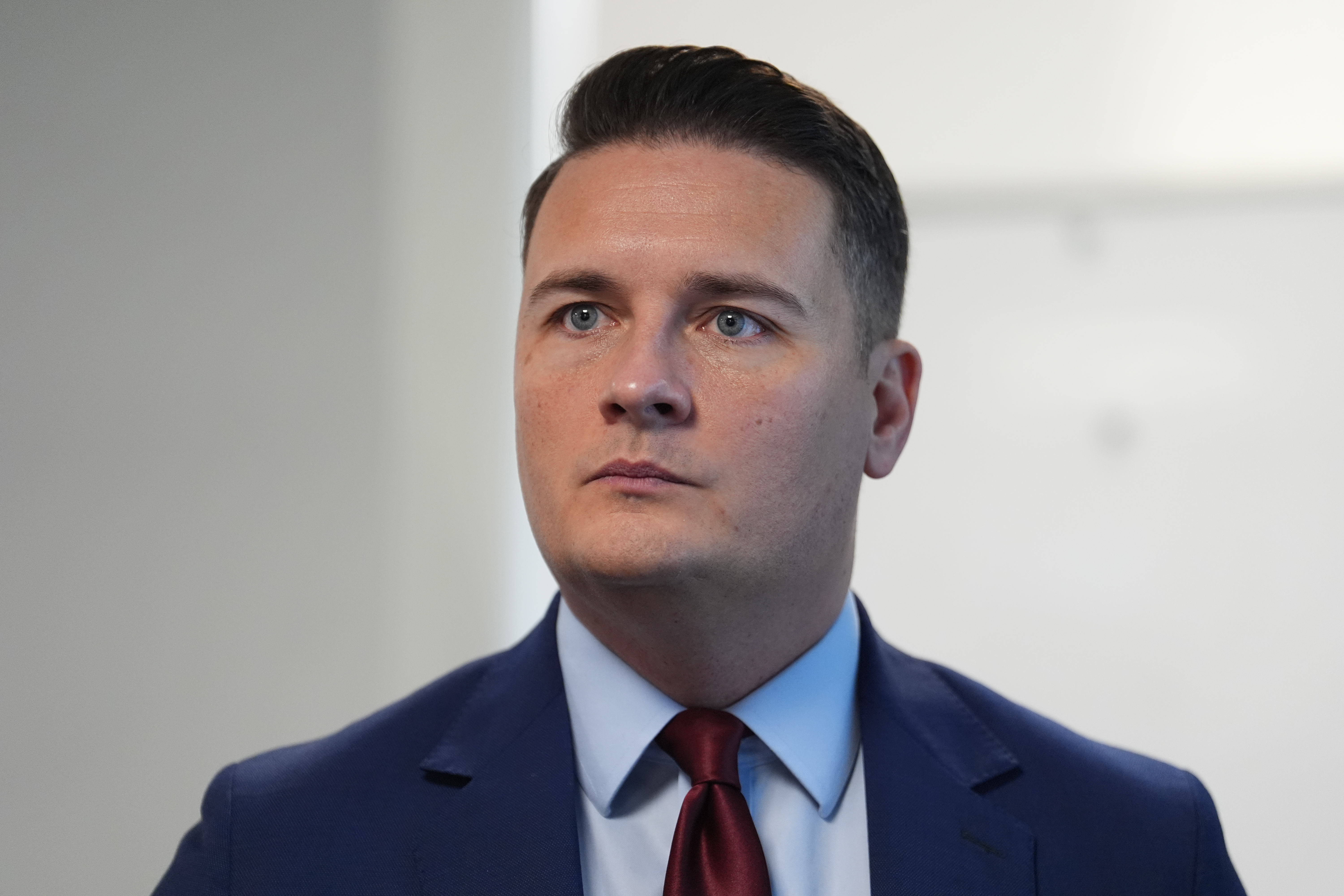Scottish Government ministers have been warned they risk missing their targets on child poverty – as analysis indicated a new payment to help poorer families does not go far enough.
Nicola Sturgeon and other Scottish Government ministers have spoken about the impact the new £10-a-week Scottish Child Payment could have on hard-up families.
But the Joseph Rowntree Foundation (JRF) warned that on its own, the payment will not be enough to meet Scotland’s “ambitious” child poverty targets.
The charity said its analysis shows that without further action, Scotland will miss its interim child poverty target by 4% – leaving 40,000 children trapped in poverty as a result.
Ministers have set a target of reducing the proportion of children living in relative poverty to 18% by 2023, ahead of a cut to 10% by the end of the decade.
Scottish Government figures show that in 2018-19, almost a quarter (23%) of children were living in poverty.
While the JRF said the Scottish Child Payment, which started being paid to families last week, would “significantly reduce the child poverty rate in Scotland”, it added that “without further action, it isn’t enough to meet the targets”.
The JRF estimates the targets could be met if the new welfare payment is upped to £30 – which it says will cost an additional £380m a year.
But it added that if the UK Government does not extend increases in Universal Credit and Working Tax Credits introduced last spring, the Scottish Child Payment would need to rise to £40 a week for the 2023 target to be achieved – which could cost an additional £520 million.
Chris Birt, JRF deputy director for Scotland, said: “All parties in Scotland have made a promise to stamp out child poverty. Politicians and the public have a shared vision of a Scotland in which every child can grow up healthy and safe and go on to live a full and rewarding life.
“Our analysis shows there’s a lot of work to do but that it is possible to lift thousands of children out of poverty. With an election coming up, all parties must demonstrate how they plan to turn the tide on child poverty and meet their own ambitious targets.
“The Scottish Child Payment is a welcome start, but on its own it does not go nearly far enough.
“It’s time for all parties to build on this momentum and step up to the challenge. A plan to tackle Scotland’s stubbornly high poverty levels must be a priority in this election.”
A Scottish Government spokesman said: “We remain determined to deliver on our ambition to eradicate child poverty in Scotland and will set out plans for further ambitious action in our second Tackling Child Poverty Delivery Plan, to be published in March 2022.
“In 2019-20 we invested nearly £2bn in support for low-income households, including over £672m targeted specifically at children, and we are committed to going even further.
“In our response to Covid we have committed over £500m to support people and communities impacted by the pandemic, including over £50m for continued free school meal provision, across school closures and holiday periods, and over £30m for awards of hardship payments to children in low-income households.”
He continued: “Later this month, we will start making payments of the new ‘game changing’ Scottish child payment for children from low-income households – worth £40 every four weeks for each child under six.
“Our Scottish child payment together with best start grant and best start foods will provide over £5200 of financial support for families by the time their first child turns six. As this report highlights, the UK Government must make tackling poverty a priority starting with making the £20 uplift to Universal Credit permanent and matching our ambitions by introducing a benefit similar to our flagship Scottish child payment to lift people out of poverty.”
Follow STV News on WhatsApp
Scan the QR code on your mobile device for all the latest news from around the country








